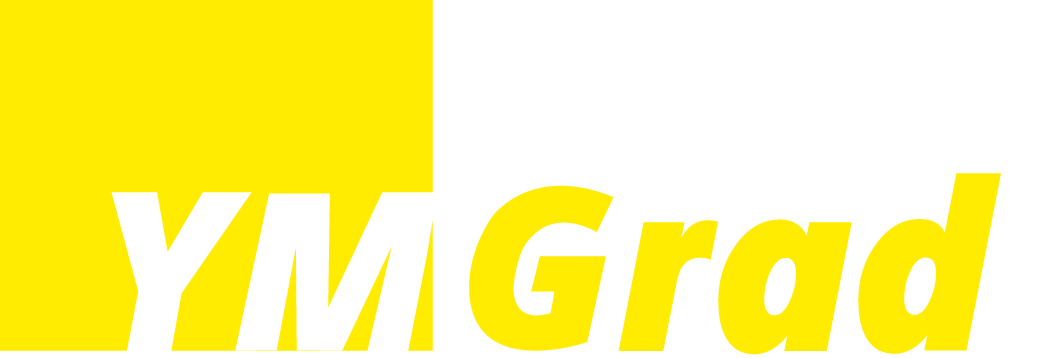CPT vs OPT: 7 key differences every International student must know!
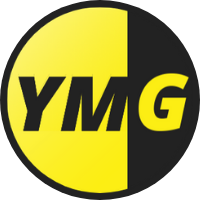
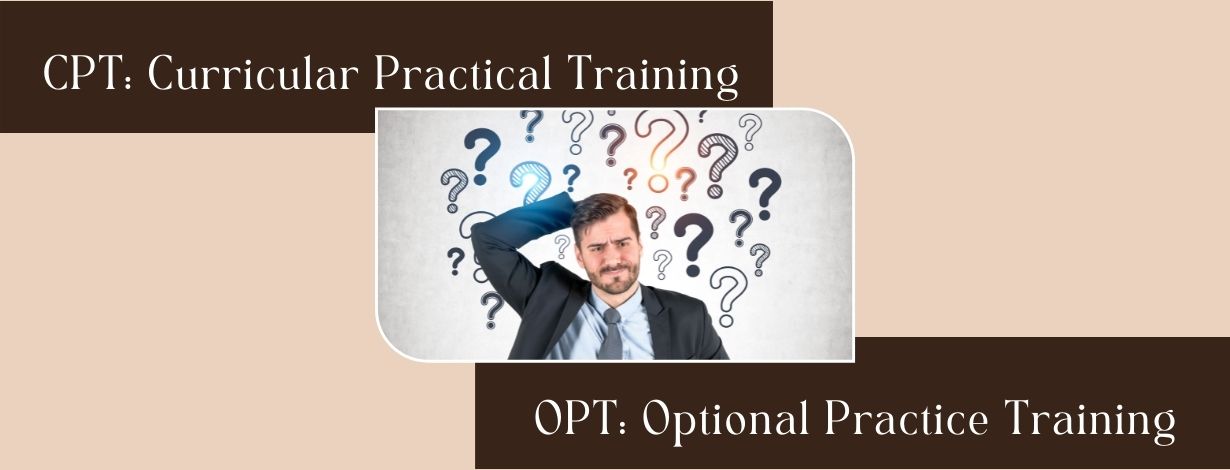
One of the most frequently asked questions by international students while immigrating to the US is Can I work while studying in the US? While work opportunity with leading corporations is eye candy for aspiring international students in the US, the convoluted immigration norms and standards for overseas workers can turn the job or internship application arduous. However, the US provides ample opportunities for international students to involve in practical work through internships and full-time & part-time job opportunities. These experiences allow students to take their theoretical classroom knowledge to the real world and procure invaluable experience in various industries and domains.
There are 2 options for overseas students in the US - OPT, and CPT, in order to gain practical experience. Nevertheless, there persists gobs of confusion among students related to these opportunities.
Whether you go for OPT or CPT, you should consult your institution's career services office and the Designated School Official (DSO) as they will assist you in job hunting and looking out for internship programs also. It is better to consult the authorities to learn about avoiding unethical or illegal unpaid work provisions. Before you head for any sort of employment, as an overseas student, you must ensure that you have all the authority to engage in it. Although the permit may come with their VISA status, the students should clarify it with the United States Citizenship and Immigration Services (USCIS).
Let's clear the smokescreen of confusion between CPT and OPT:
|
CPT |
OPT | |
What is the purpose? |
|
|
Does it require an in-hand job offer? |
Yes |
|
Who authorizes the documents? |
CPT is authorized by the DSO. |
|
What are the documents required? |
One needs the I-20 form provided by the DSO. |
|
When can I apply for it? |
CPT can be completed only during the study program. |
|
Does it require STEM extension? |
No |
Yes, the STEM students are eligible for a 24-month extension. |
Is it part-time or full-time? |
CPT can be done part-time as well as full-time. |
Usually, OPT is done full-time post-graduation. |
What is CPT?
Curricular Practical Training or CPT gives international students a permit to procure hands-on experience correlated to their central area of study through employment in the form of unpaid or paid internship programs or co-op (cooperative) education. Additionally, students are allowed to work part-time and full-time while earning in USD. However, it must be noted that the CPT needs to be completed before graduation.
Moreover, once you apply for the relevant degree, the DSO will sanction CPT in the Student & Exchange Visitor Program (SEVIS), which will be present on the I-20 form as proof that you are entitled to the CPT.
CPT allows the overseas students to work for:
- Part time for 20 hours or less a week
- Full time for 20 hours or more per week
The CPT offers both on-campus and off-campus employment opportunities, during which the students can commence working off-campus during the freshman year if the university makes it obligatory as an essential feature of the curriculum.
What is the eligibility for CPT?
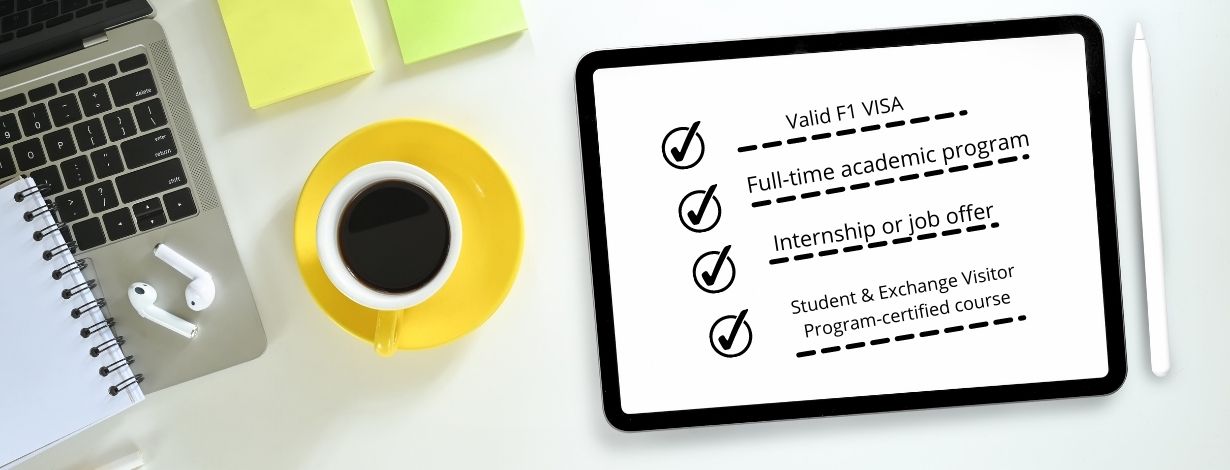
The students must meet the following requirements in order to be eligible for CPT:
- Hold an active F-1 VISA status.
- Student must be enrolled in a full-time academic program in the US for one academic year before commencing the work.
- Student must have received an internship or job offer before applying for CPT (You would be required to submit a copy of the same).
- One must be enrolled in a course at an authorized Student & Exchange Visitor Program-certified US school for higher education.
Key points / What are the features of CPT?
- CPT can only be availed during an academic program, that is, before the completion of the degree and the program end date mentioned on the I-20.
- It gives you internship permission; however, one must obtain an internship offer as the institution can issue a CPT only after that.
- It does not require any particular VISA class; it can be availed under F-1 VISA only.
- CPT is a semester-wise program approved on a term basis: summer, fall, or spring CPT.
- It is authorized by the International Student and Scholar (ISS), which issues a new I-20 with a specific CPT proposition.
- Students are allowed to work either part-time, i.e., 20 hours or less per week, during the course or full-time during the summer vacations.
- The employment is only sanctioned for the period of CPT recommendation in the SEVIS and I-20.
One must note that if they have undergone more than 12 months of full-time CPT, then they will be ineligible for the OPT. However, the part-time CPT program would not impact the eligibility for OPT.
What are the benefits of CPT?
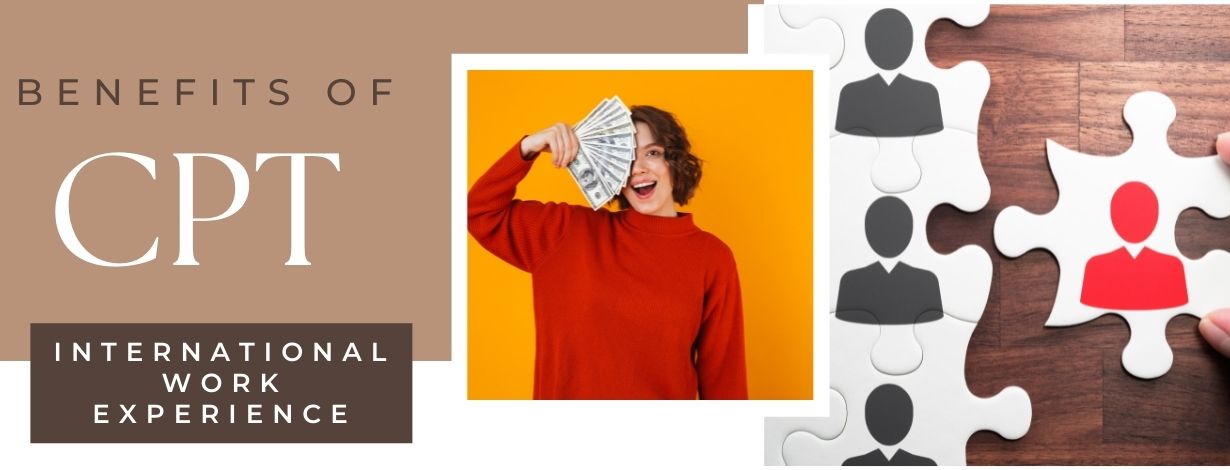
CPT is an immensely valuable aspect that can adorn your Resume or CV. From additional income to significant industrial experience, CPT proves to be helpful during job hunting. Let's look at the perks of CPT:
- Additional Income: CPT allows students to work while they study. Thus, overseas students can work and start earning in USD ranging similar to the pay scale of US citizens. After paying the taxes, students can use their stipend to pay their fees or other sundry expenses.
- International work experience: Working in the US industry will be incalculable whether you return to your own country or obtained an H1B sponsorship. Apart from this, working in the US market gives you invaluable practical work experience in your specialization, while also teaching you business etiquette.
- More post-grad employment opportunities: A US degree coupled with international work experience in the US job market can certainly put you in limelight among other job aspirants.
- Extended networks: Once you step into the professional setup, you encounter new people while exploring the new environment. Work opportunities with study provide you an excellent opportunity to extend your networks. Getting along with individuals already established in the industry can prove helpful in learning from their experiences, searching for jobs in the future, and establishing a solid record of references.
How to apply for CPT?
The CPT application procedure is ingenious for every institution, here are the general steps involved in the CPT application:
- Connect with your university student counselor to learn about the available CPT programs, eligibility criteria, and sponsoring employers.
- Obtain the employment offer letter along with the relevant details from the employer.
- Apply to the relevant CPT programs through your institution. The CPT authorization might take time, so it is better to plan it ahead and prepare the required documents.
- Once your application gets approved, you will obtain a document mentioning the CPT start & end dates. Do not forget to sign it and secure a copy of the document.
- Consult your employer if you are required to forward any documents.
What is OPT?
Optional Practice Training or OPT allows overseas students with an F-1 VISA type to procure work experience after completing graduation. However, the F1 immigrants are authorized to work off-campus both during and post completion of their academic program according to the OPT. Additionally, it is valid for both undergraduate and graduate degree programs.
OPT is generally recommended by the Designated School Official or the institution's international office in SEVIS and I-20. However, it is approved by the United States Citizenship & Immigration Services, for which the processing time might vary from 3-4 months.
The employment can not be started until you obtain the Employment Authorization Document (EAD) and are enrolled for a minimum duration of 12 months. Also, a job offer is not a mandate to apply for the EAD.
Overseas students with a valid F-1 VISA class, having completed their degree in Science, Technology, Engineering, & Management (STEM) are entitled to a 17-month extension of OPT after graduation.
OPT can be availed in 2 distinct ways by F-1 students:
- Pre-completion: Pre-completion OTP can be availed once you have successfully completed one academic year with a Student & Exchange Visitor Program-certified institution. A student is authorized to work part-time (20 hours or less per week) or full-time before the program's end date.
- Post-completion: Post-completion OTP can be opted after completing the studies. Any eligible applicant can work part-time or full-time. However, if you have already availed of pre-completion OTP, then USCIS will reduce that particular duration from the sanctioned post-completion OTP time.
What is the eligibility for OPT?
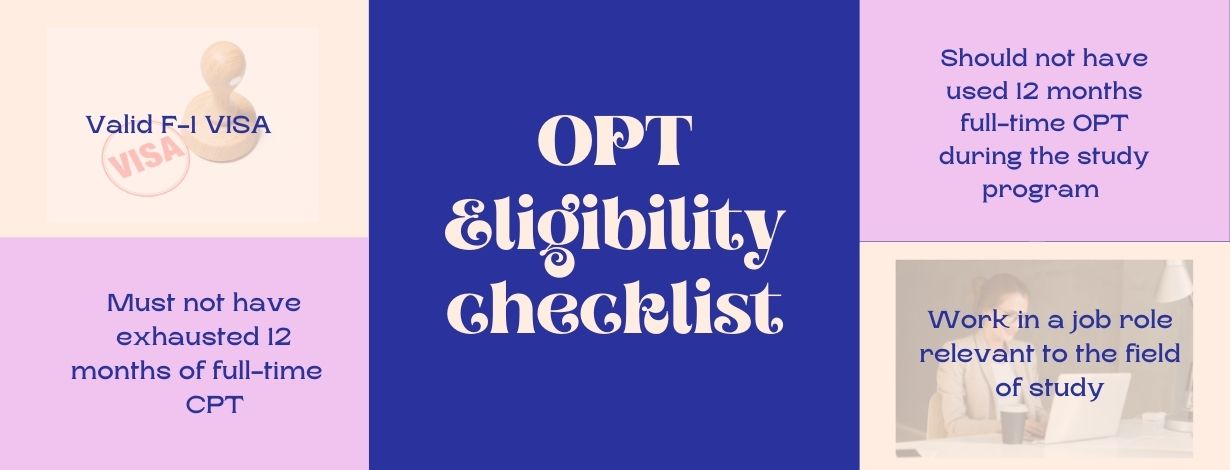
The following are the general requirements for OPT:
- Applicants must possess a valid F-1 VISA status.
- They should be enrolled full time for the duration of one academic year before commencing the work.
- Applicants should be registered in an accredited degree at the SEVP-certified US school.
- They must intend to work in a job role related to their field of study.
- The applicant must not have exhausted 12 months or more during full-time CPT.
- They should not have any criminal record during their stay in the US.
- Applicants should not have used 12 months full-time OPT anytime during the course.
Key points / What are the features of OPT?
- Availed after completing a degree in the US, OPT is generally a one-year work license which gives a 90 days period to students to search for jobs post-graduation.
- Pre-completion OPT permits students to work legally before completing the graduation, even if they have exhausted the entire duration of their CPT.
- The type of job must be straightaway relevant to the student's major field of study.
- Unlike CPT, OPT is not a semester-specific program.
- The pre-completion OTP can be done part-time during the course session, while students can do full-time during the summer or winter breaks. Moreover, if applicants are working on their dissertation or thesis, they are allowed to work full-time.
- The OPT must be authorized by both United States Citizenship and Immigration Services (USCIS) and International Student & Scholar Services (ISSS), where the latter issues a new I-20 with the recommendation. Later on, the Employment Authorization Document (EAD) is issued by the USCIS.
- The applicants are eligible to work for any employer as OPT is a non-employer-specific program. However, the job position should be related to their major field of study.
What are the benefits of OPT?

OPT is one of the best ways for overseas students to gather experience in the US and commence their search for employment. It allows students to garner real-world professional experience and extend networks with potential employers. Let's look at the advantages of OPT:
- Experience in the International Job Market: Upon expiration of the F1 VISA, most overseas students start looking for employers to provide them with a temporary work visa or Green Card. Furthermore, it is a known fact that the supply of the work visa is relatively low, therefore, many candidates have to wait for the visa acceptance. The OPT is a great way for the students to develop their skills and look for work opportunities while thinking about the potential immigration routes.
- Stay and Work in the US: OPT authorizes international students to reside in the US and work for any employer after completing their graduate studies. Irrespective of the area of study, students can get up to 12 months of OPT extension.
- Permanent Job Opportunities: OPT can be really helpful in seizing permanent job opportunities. If your employer is content with your work quality, then OPT can open the doorways for you to secure a permanent job position.
- Build professional connections: As OPT provides numerous employment opportunities, students get a perfect chance to build professional connections in the US, which can indeed prove to be immensely valuable throughout their vocational career.
How to apply for OPT?
As compared to the CPT process, OPT can take more time than usual. Hence, ensure you apply for the same at the earliest!
Here is the general OPT-application procedure:
- Consult your university student counselor and request details about OPT application.
- Connect with your DSO requesting them to recommend you for the OPT program. They will update the I-20 and SEVIS form along with the recommendation.
- Fill up the I-765 form and forward it to USCIS. Do not forget to attach the required documents mentioned on the application.
- Pay the requisite application fees.
- Upon receiving the I-765 approval from USCIS, acquire your Employment Authorization Document.
- It's the time to wait for the OPT start date and then commence the job.
Frequently Asked Questions
If your travel is not signed off by the DSO, you might encounter difficulty in re-entering the US.
Searching for jobs or internships? Sign up to get notified of our upcoming job-application service!
